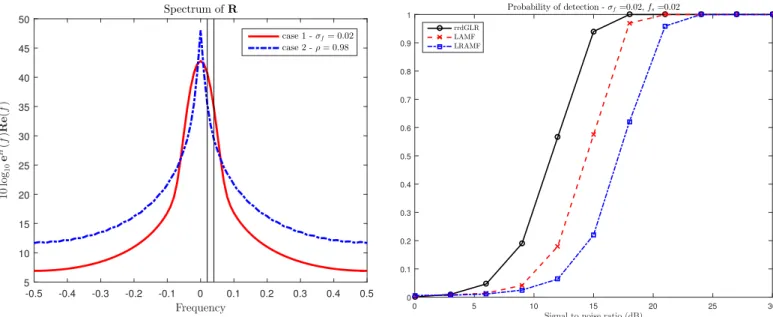Adaptive detection using randomly reduced dimension generalized likelihood ratio test
Texte intégral
Figure



Documents relatifs
T h e allowable unit stress in any wood column or strut shall be computed from the following for- mulae in which concentric loading is assumed, and shall
Heba HANDOUSSA, ‘’ Economic Transition in the middle East global challenges and Adjustment stratigies’’, (Cairo American University in Cairo), 1997, pp 111-126...
Lack of artemisinin resistance in Plasmodium falciparum in northwest Benin after 10 years of use of artemisinin-based combination therapy... Lack of artemisinin resistance in
By extending the generalized likelihood ratio (GLR) method, the proposed estimator applies to discontinuous sample performances with structural parameters without requiring that
His main research interests are random number generation, quasi-Monte Carlo methods, variance reduction, sensitivity analysis and optimization, and stochastic simulation in general.
The main contribution of this paper is the proposal of a similarity measure based on likelihood ratio test computed from a Gaussian model distribution in the context of
Figure 7 Comparison between the proposed detector (c) and the state-of-the-art detector (b) for one GRD image with linear structures highlighted by red
RobustICA with much less iterations requires about 1/3 of the FastICA computational time, while the Reduced Likelihood Ratio Jump can solve the permutation ambiguity in about half